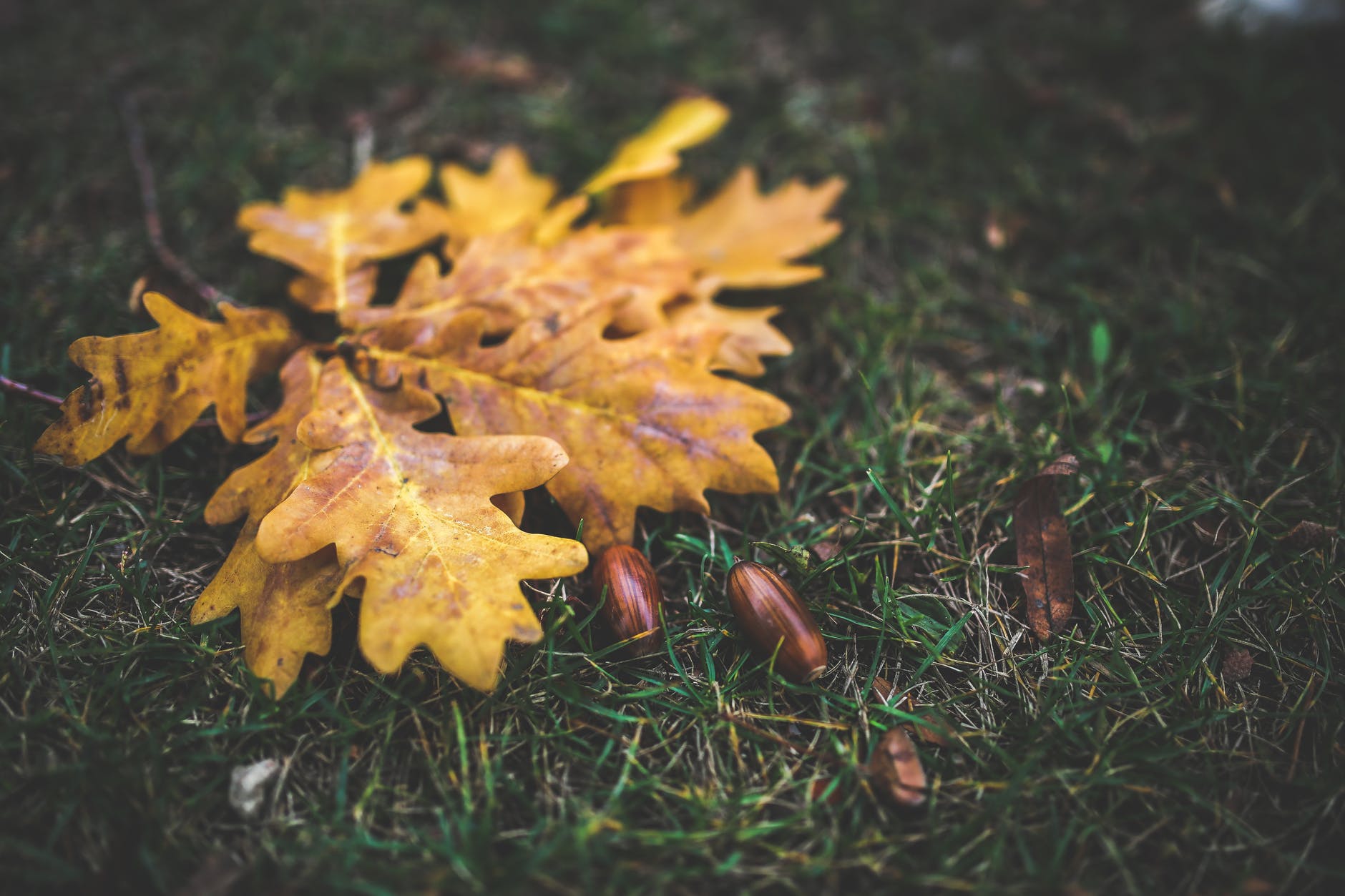How to cure plant blindness

What if I told you that you were blind? That what you are seeing is actually not there? You would probably deny it, after all, you are reading this right now. Well, most people are blind: Plant Blind to be specific. This of course does not mean that people can’t see plants, but that they cannot SEE the plants for what they are, what they do, and how they are different. Read further to begin the process of curing your plant blindness.

Most people can tell a conifer from a deciduous tree (if our 6th grade science class hasn’t left us yet), but that is about as far as most get. This is not necessarily a failing of our education system but just that humans have treated plants as a background player for so long, it’s hard to bring them to the forefront. Plants can’t scream if cut, they can’t cry or play fetch, and the fuzzy ones fall apart if you pet them too hard (don’t ask about it….*sniff*). It’s harder to care for something that is always silently there.
But plants DO provide almost everything we need in life: air, shelter, clothes, food, they even filter and help store water, but because they aren’t as gregarious as a herd of bison or as colorful as a quetzal bird, we relegate them to just the green, background stuff. Especially for those who live in concrete-dominated cities, plants can offer respite from the hard lines and edges of our city-scapes, and looking at trees has literally proven to reduce stress. Sounds like plants are pretty important, doesn’t it?
How do I cure my blindness?
Start by going outside. Now look at a large tree in your yard or near your house, maybe even outside your office, and identify it. I don’t mean go out and give it a name (you can if you want though. The maple tree in our yard is named Mable), but find out what species it is, common and/or scientific name, and commit that to memory. Now just like when you first bought your red Subaru or gray Toyota, and it seemed like there were Toyotas or Subarus everywhere, you will start to notice this type of tree all over. “That person has a Northern Catalpa in their yard, too,” you will think and, “That guy has a Blue Spruce in his front yard like mine.” Or, “Wow, this trail has a lot of Tree of Heaven, they should remove those invasive things!” You won’t be able to stop seeing all of these interesting and unique trees everywhere you look.

“Glasses” that can enhance your Plant Vision:
This is great and all, but where do I even start?? A tree is a tree is a tree. My exact thoughts when beginning to cure my plant blindness. It can be overwhelming! OR it can be an adventure, a puzzle to solve. Like stated above, start with one plant at a time. These resources can help direct your hunt and/or confirm the correct identification:
- iNaturalist: Great citizen-science platform with multiple levels of identity confirmation. And when you cure your plant blindness, you can become a mentor and help identify photos for others! https://www.inaturalist.org/
- Google Lens: This app allows you to take a photo of a plant (or anything!) and directly search for matching images and articles, helping direct your hunt (won’t always be able to identify down to the species, so just be aware of that). https://lens.google.com/
- Plant Identification book: Check out a book on local plant species from the library.
- Other forums: sometimes with a super challenging plant identification, we’ll post to Reddit (r/whatsthisplant)
- Extension office: if you prefer talking to a human expert, they can give you lots of information on everything from insects to plants and more.
- University: most schools have a Plant Science program, and they will often collect leaf, stem and/or flower presses of local flora, offering a great opportunity to chat with a professor/student and confirm your plant identification.
- Museum/ Visitor Center: our favorite resource when we are traveling and want to quickly identify new plants in a new location.
We highly recommend utilizing at least two forms of identification tools. And of course, be extra cautious when validating plants you plan to consume!
Now you can just rinse and repeat with other favorite or interesting plants in your life, and as you begin to notice them everywhere, you will learn their backstories, where they come from, who they help and harm, and even if they have some delicious seasonal side to them: Maple trees make syrup, if you can find a pecan tree you’ve got a great source of nuts in the fall, elderberries grow in ditches, and if you can find out what an asparagus plant looks like when it’s not in the grocery store, you just found a great, spring delicacy.

Boom! You are cured!
Others will just see a “tree” or “evergreen”, or even “just a bush” in their yard, but you will see so much more life and history to the plants in your life. Once you have identified more than three or four trees, shrubs or flowers, you are in the realm of plant vision! Now the background characters can be noticed for the important role they play, and understanding them helps you enjoy the entirety of life unfolding before you!
Tell us your stories of how you overcame your plant blindness in the comments section below!
Resources
Tree cover reducing stress: https://journals.sagepub.com/doi/abs/10.1177/0013916514552321

If you kept reading, here is what asparagus looks like most of the year.
